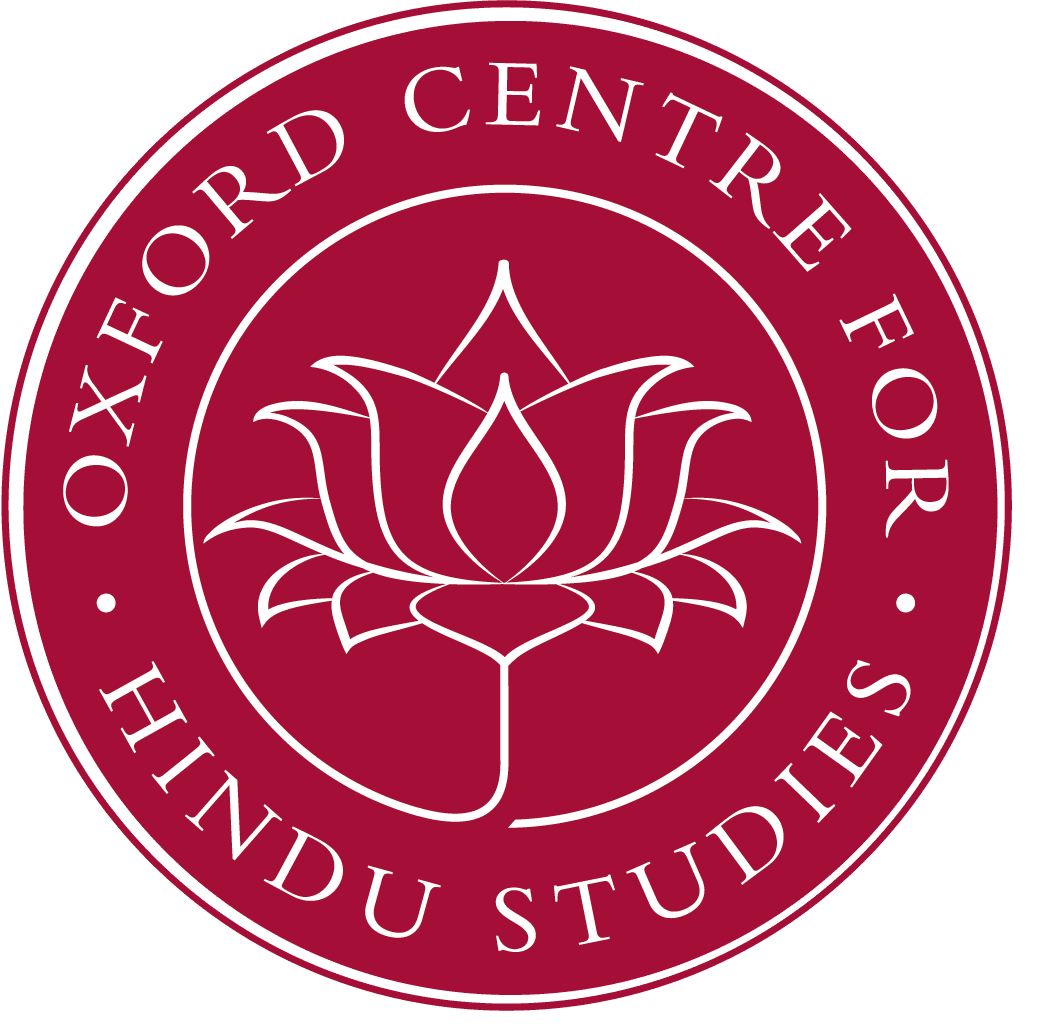Śākta Traditions Online Lecture Series: Contributions to a growing field of Śākta Studies. Lecture III
Abstract: In studies of religious history in early India, inscriptions have sometimes been overlooked as conveying ‘mundane’ information about secular aspects of religion considered unimportant. Religious texts, philosophical and liturgical, and practices, on the other hand, have received comparatively greater interest as vehicles of doctrine, mythology and tradition. In recent years, scholarship on Indian religions has begun to show the importance of inscriptional material for a more precise historical and conceptual understanding of Indian religious traditions from the ‘early medieval’ period, Śaivism, Vaiṣṇavism, Tantric Buddhism and Śāktism. Not only do these pieces of material history offer basic information needed for the construction of any historical argument, such as dates, names, and places, but they can reveal wider conceptual and political narratives. How were deities conceived and described? How did temples grow powerful? How did local deities grow powerful? Why were donors making grants? Who were the donors? What kinds of donations did they make? What rituals were performed for the recipient deities? Which were the important devotee-lineages? And much more.
 Dr Bihani Sarkar: is Lecturer (Hourly-Paid, fixed term) in Religious Studies: Hinduism and Buddhism (University of Winchester), Associate Faculty Member of the Oriental Institute (University of Oxford), and Research Member of Common Room, Wolfson College (University of Oxford). Bihani’s publications include Heroic Shāktism: The Cult of Durgā in Ancient Indian Kingship, (Oxford University Press, 2017) and Classical Sanskrit Tragedy: the concept of suffering and pathos in Medieval India (Bloomsbury, forthcoming 2021).
Dr Bihani Sarkar: is Lecturer (Hourly-Paid, fixed term) in Religious Studies: Hinduism and Buddhism (University of Winchester), Associate Faculty Member of the Oriental Institute (University of Oxford), and Research Member of Common Room, Wolfson College (University of Oxford). Bihani’s publications include Heroic Shāktism: The Cult of Durgā in Ancient Indian Kingship, (Oxford University Press, 2017) and Classical Sanskrit Tragedy: the concept of suffering and pathos in Medieval India (Bloomsbury, forthcoming 2021).